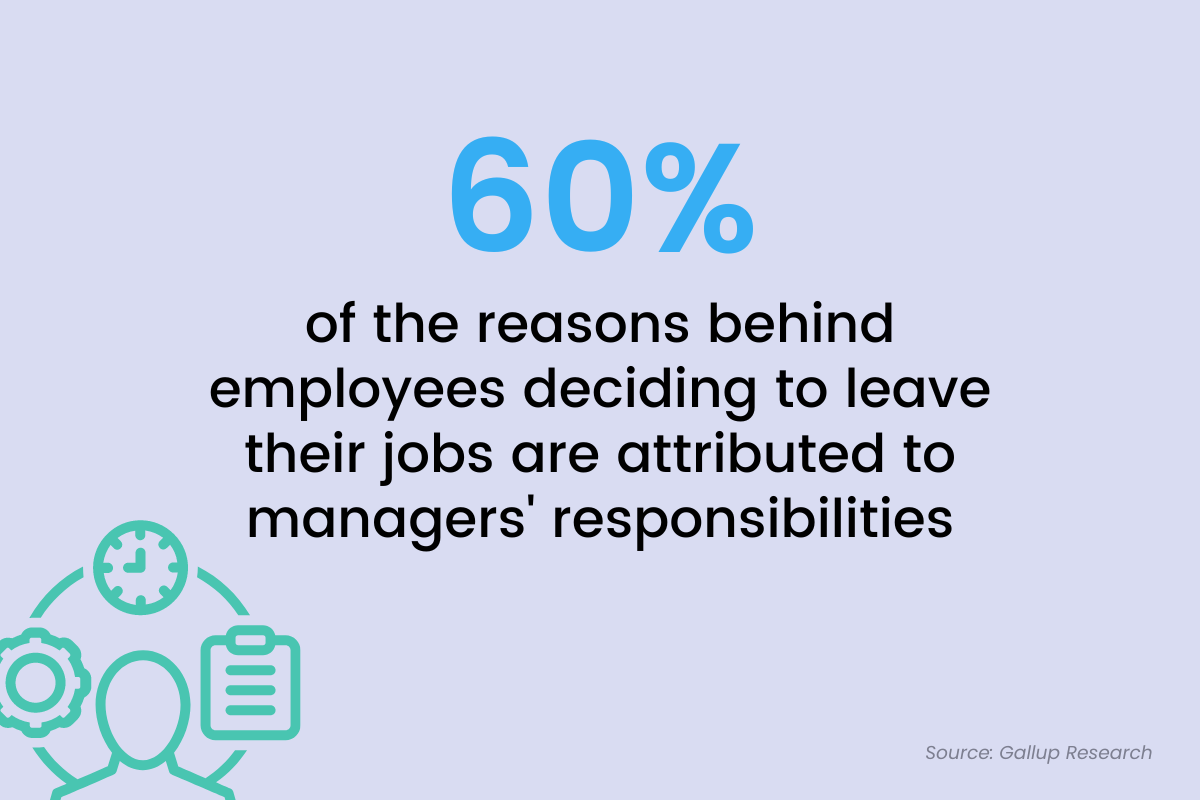4 min read
Employee Rounding: Empowering Staff & Improving Quality
Performance Health Partners
May 22, 2023

Employee rounding, a powerful practice that cultivates employee engagement and satisfaction, has emerged as an indispensable strategy in today's dynamic and ever-evolving healthcare space. This proactive approach, in which executives or department leaders personally interact with staff to gather valuable insights, not only sheds light on what is and isn’t working in an organization but is also the single most effective tool for making employees feel heard and appreciated. Read on to discover the benefits of employee rounding and learn how to successfully implement it within your healthcare organization.
Benefits of Employee Rounding in Healthcare
Implementing employee rounding brings several benefits that can significantly enhance organizational dynamics. They include:
1. Empowering Employee Voice
Employee rounding offers a platform for employees to voice their concerns and share their challenges in a setting that feels less formal and more conducive to transparent dialogue.
Frontline workers are the eyes and ears of every healthcare organization. By personally discussing the day-to-day issues faced by these employees, leadership gains a deeper understanding of existing concerns, paving the way for effective solutions to be implemented.
Moreover, when leaders of an organization actively demonstrate their willingness to listen and seek feedback from employees – and follow up on actions taken to address their concerns – it creates an environment where employees feel empowered and comfortable expressing their thoughts and feedback.
A study conducted by IBM revealed that a staggering 31% of employees felt their managers were ineffective in supporting their teams. By providing employees with the opportunity to communicate openly with their managers, it presents a golden opportunity for leadership to demonstrate their concern for their employees' voices and perspectives.
2. Gaining Feedback Around the Work Environment
Through employee rounding, leadership is able to witness the pulse of the workplace directly and unfiltered. Through immersive interactions with staff, management gains profound insights into the realities of their organization.
Armed with this firsthand knowledge, they can implement targeted changes that optimize the work environment, elevating employee satisfaction, engagement, and retention to unprecedented heights.

3. Building Trust
While there can be multiple factors contributing to employee turnover, it's important to acknowledge that a significant proportion can be attributed to managers.
Some estimates suggest that managers are responsible for up to 60% of the reasons behind employees deciding to leave their jobs, highlighting the importance of fostering positive manager-employee relationships.
By engaging in rounding, leaders create opportunities for employees to provide feedback and contribute to workplace improvements, fostering stronger working relationships between both parties. Through this collaborative approach, trust is nurtured, and employees feel valued and heard.
4. Promotes a Culture of Safety
By continuously monitoring the organization's operations, leadership demonstrates their commitment to making improvements that enhance safety measures for patients and employees alike, which is a key component of establishing a culture of safety.
Through regular rounding, managers can identify patterns of potential issues and take appropriate action to mitigate behaviors that may pose risks. This proactive approach not only prevents potential harm but also addresses issues before they escalate into significant safety concerns.
By placing a strong emphasis on cultivating a culture of safety, organizations can significantly improve employee safety -- and patient outcomes.
Performance Health Partners CEO Heidi Raines explains the benefits of employee rounding in healthcare on Fox 8 News.
Examples of employee rounding questions
Creating effective questions for employee rounding involves more than just deciding what information to include. Adult learning theory suggests that open-ended questions are preferred by learners and yield unbiased responses. However, tracking and analyzing qualitative responses without clear indicators of positivity or negativity makes it challenging to determine improvement trends.
Therefore, questions about feelings and concerns should also be included. But starting with these inquiries too early in the process can lead to a negative experience for both the leader and the employee. Similarly, if questions regarding innovative ideas or solutions are asked too soon, other valuable insights might be overlooked.
Abruptly ending a conversation after broaching a positive or negative subject can be perceived as highly disrespectful. Thus, careful sequencing of questions is crucial to ensure a productive and respectful dialogue.
Examples of employee rounding questions include:
- What is working well?
- Which resources are most effective in supporting your job performance? Are there any additional resources that you believe would be more beneficial?
- Who are the people that we should be highlighting for excellent work?
- What processes are not working well for you? What are your ideas to fix them?
- Do you have any suggestions for enhancing teamwork and collaboration within the department?
- Is there anything you would like to share about your work-life balance and well-being in the organization?
- How would you describe your overall job satisfaction and engagement?
Below is a list of strategies for creating a successful employee rounding program at your healthcare organization:
- Ensure questions are relevant and aligned with the organization's priority outcomes
- Incorporate employee rounding into scheduled routine
- Avoid asking too many questions
- Set realistic, measurable goals
- Promptly meet with teams to discuss findings to address issues in a timely manner
- Focus on the positive aspects and celebrating those who are performing exceptionally well
- Maintain transparency by sharing findings with staff
A note on healthcare worker wellbeing
Healthcare worker burnout has become a pervasive concern, impacting a significant number of employees.
Studies reveal that 15.6% of nurses and over half of all U.S. physicians experience burnout. Disengaged nurses bear the brunt, with 41% of them exhibiting signs of burnout.
Employee rounding presents an invaluable opportunity to address and alleviate this issue. While addressing an employee's well-being comprehensively may not be feasible during rounds, following up later and encouraging them to leverage employee benefits, practice self-care, and make the most of their time off can contribute significantly to their well-being and burnout prevention efforts.
Harnessing Technology for Streamlined Employee Rounding
To optimize the effectiveness of rounding, organizations can leverage digital tools to streamline the process. Implementing rounding software optimizes the employee rounding experience, saving time, and maximizing the impact of feedback for continuous improvement.
Rounding software like Performance Health Partners’ provide streamlined efficiency and promote enhanced outcomes. These tools accomplish this by ensuring standardization through a structured framework for the rounding process, maintaining consistency across different departments and locations.
Real-time feedback and data collection become seamless, allowing immediate insights and quicker problem resolution. Additionally, digital tools facilitate data analysis and reporting, enabling easy aggregation of responses and identification of trends for informed decision-making, while centralized data storage eliminates manual paperwork and ensures efficient access to information.
In conclusion, employee rounding stands as an impactful method for enhancing employee engagement, strengthening relationships between team members, and fostering a culture of shared accountability within healthcare organizations.
By actively seeking feedback, addressing concerns, and recognizing employee contributions, leaders can create a supportive work environment that boosts employee satisfaction and retention. Embracing employee rounding, alongside technological advancements, paves the way for organizations to cultivate a thriving workforce and drive sustained success.


